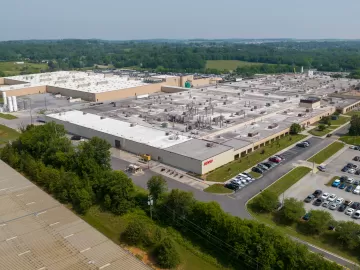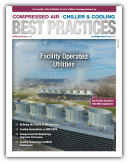Leak Detection Technology Transitions Toward Maintenance 4.0
Awareness and interest in leak detection only continues to grow thanks to a number of factors. What we have seen over the last 20 years is a more sustainable way of thinking, established international energy efficiency standards, reliable leak detection technology, and best practices to implement leak detection.




